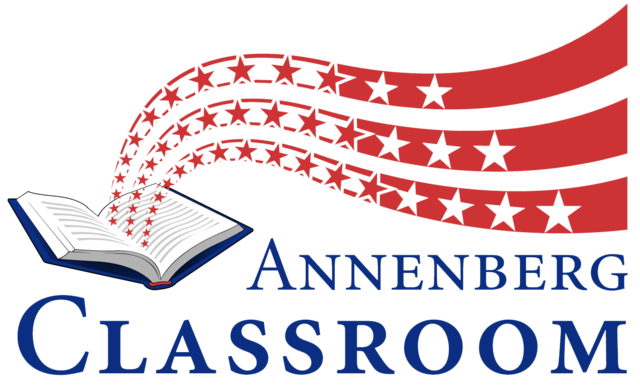The curated resources linked below are an initial sample of the resources coming from a collaborative and rigorous review process with the EAD Content Curation Task Force.
 Reset All
Reset All
Students will engage with the Constitution and the events on September 11, 2001 to analyze American values and ideals. Students will examine the most fundamental American values and evaluate progress made to close the gap between ideals and reality.

The Roadmap




Center for Civic Education


These lessons supplement to the Civil Rights history already being taught in classrooms with a focus is on local events and people. Many lessons reference time periods earlier than the 1960s, while also drawing connections from those events up to today.
The Roadmap



The Rhode Island Historical Society

GeoCivics aims to empower all people to be active participants in the redistricting process. We provide a suite of state-based educational resources that prepares everyday people to discuss apportionment, redistricting, gerrymandering through the use of Geographic Information Systems (GIS).

The Roadmap



GeoCivics Project at the University of Colorado Colorado Springs


Students will use an 1861 map and the Emancipation Proclamation to learn where slavery ended, what states still allowed slavery, and what states did not allow slavery. Follow-up questions will promote higher-level learning by requiring students to recognize cause-and-effect relationships.
The Roadmap




National Underground Railroad Freedom Center

In the seventh lesson of this unit, students learn about leaders whose actions had a significant societal impact, the activists. Students will first learn about Elizabeth Stanton and her role in the suffragettes movement; and then asked to consider a current issue, the four day school week, by considering all perspectives in making their decision.

The Roadmap















National Constitution Center


The ratification of the 19th Amendment, which guaranteed women the right to vote, was the ultimate reward for the tireless efforts of suffragists in Tennessee. In August 1920, Tennessee became the 36th state to adopt the 19th amendment ushering in a new era of American politics.

The Roadmap




Tennessee State Library and Archives


Over the course of three lessons the students will examine primary source documents—including broadsides, letters, legal documents, and speeches—related to the period of Reconstruction following the Civil War. They will first learn to identify the explicit messages in these materials and then draw logical inferences about the implicit messages. They will demonstrate their understanding by writing succinct summaries, answering critical thinking questions, and taking part in a mock press conference.

The Roadmap




The Gilder Lehrman Institute of American History


This curriculum focuses on the literacy skill of using details from the text to support observations and inferences about characters. To practice this skill, students read Baseball Saved Us, a fictional story about an incarcerated Japanese American family during World War II. Students also learn about the real-life experiences of incarcerated Japanese Americans via objects from the Washington State History Museum’s collection, and other historical resources.
The Roadmap


Washington State Historical Society
In this lesson, students will learn about the African-American suffrage movement, racist practices to keep them from the ballot box and the continued struggle over the authority of the federal government versus states rights.

The Roadmap



State Historical Society of Iowa


This lesson requires students to use text, maps and video to understand the process of school desegregation in the United States and in Iowa as well as the struggle in the southern states. Students also will develop skills of analyzing sources, summarizing, comparing and contrasting, and supporting answers with evidence.

The Roadmap



State Historical Society of Iowa


This film addresses citizenship, the power of the vote, and why women had to change the Constitution with the 19th Amendment to get the vote.

The Roadmap

Annenberg Classroom

Over the course of five lessons students will closely read and analyze Abraham Lincoln’s Gettysburg Address. They will select key words from the text, write succinct summaries of selections from the text, restate these summaries in their own words, and ultimately write a short persuasive essay in response to a thought-provoking prompt based on the document.

The Roadmap




The Gilder Lehrman Institute of American History





